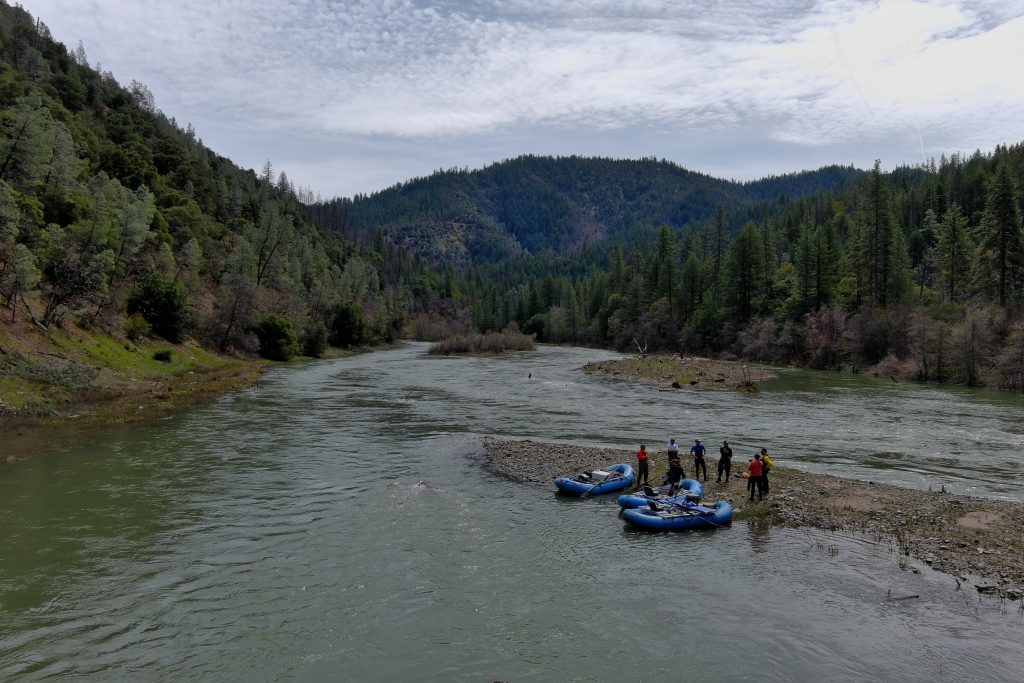Since the foundational 1999 Trinity River Flow Evaluation Report, decades of scientific research have poured into improving outcomes for Salmonids, both from within the Trinity River Basin and from rivers researched across the world. The cumulation of data has made scientists within the Program increasingly aware that shifting how the Program uses restoration flow allocation has the potential to lead to stronger and more resilient juvenile salmonids.

Restoration releases continuing through late spring and into the summer keep water colder than optimal for juvenile salmon growth. With size of outmigrating salmon strongly tied to their survival in the ocean, the correlating smaller sized salmon has led scientists to question if a change in management actions would benefit juvenile salmon. Further, Program scientists have figured out that greater than 60% of young chinook salmon have already left the restoration reach by the time spring restoration releases start to interact with restored habitat created by the Program over the last 18 years. River restorationists believe that if floodplains and side channels can get wet when more juvenile salmon are in the upper river to use them, then they can take advantage of all the extra food that those habitats create and if the water meets a range of ideal temperatures for these cold-blooded creatures, they will grow faster.
A partial implementation of an initial proposal to shift a portion of the annual restoration flow allocation earlier in the year occurred in the winter/spring of Water Year 2023 (partial because only elevated baseflows were implemented. The synchronized pulse flow component was not implemented); in September 2023, Program scientists proposed the same action for Water Year 2024 to the Trinity Management Council indicating to the Council that the proposal was the best available science in improving results for salmonids. Unfortunately, the TMC requires near unanimous votes to approve actions and failed to approve that proposal, with six votes in favor and two opposed. However, all was not lost. A group including Trinity County brought in a retired USFWS biologist to review the proposal and findings from the Water Year 2023 and offered to work with program scientists to craft a proposal that was perceived to be less problematic for late winter/early spring river-based recreation and its associated economic benefits. Parties worked together busily behind the scenes, and the revised winter flow proposal will be presented to the TMC at a special meeting on Jan. 18. If approved, modestly increased winter base flows would begin in February.
